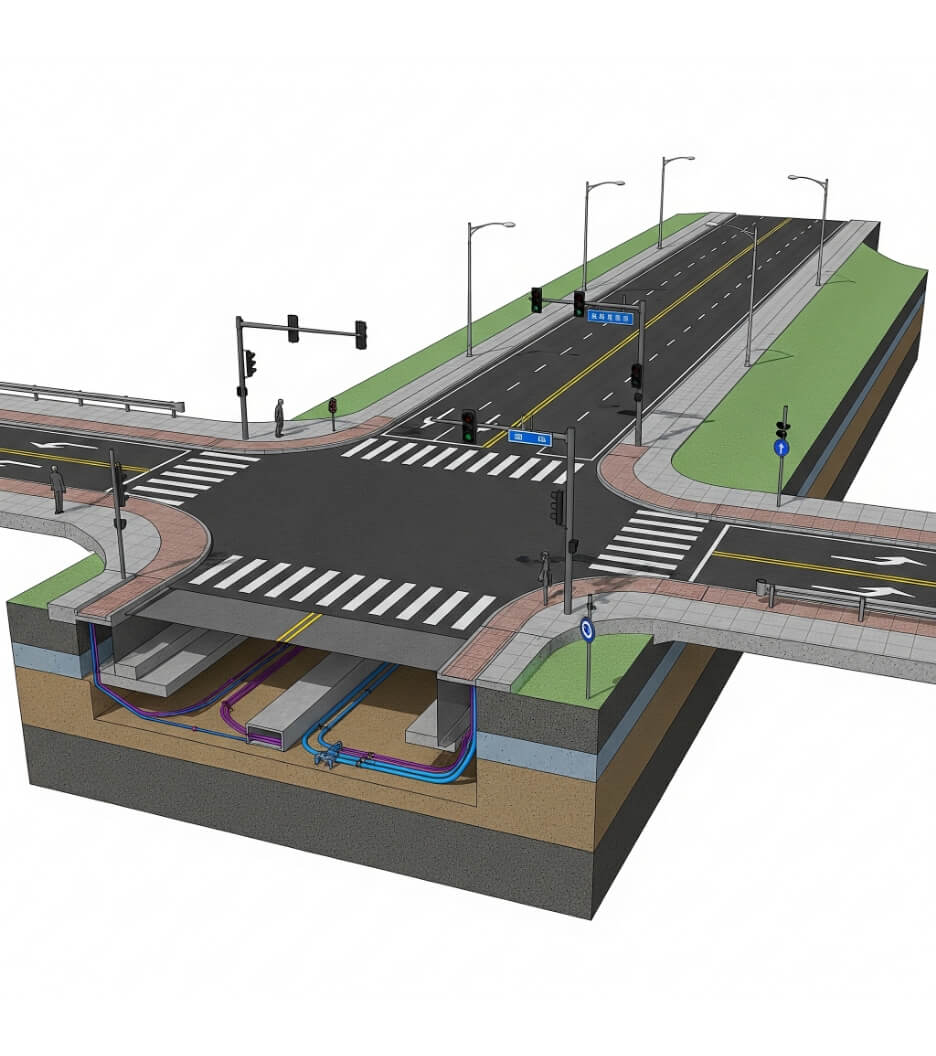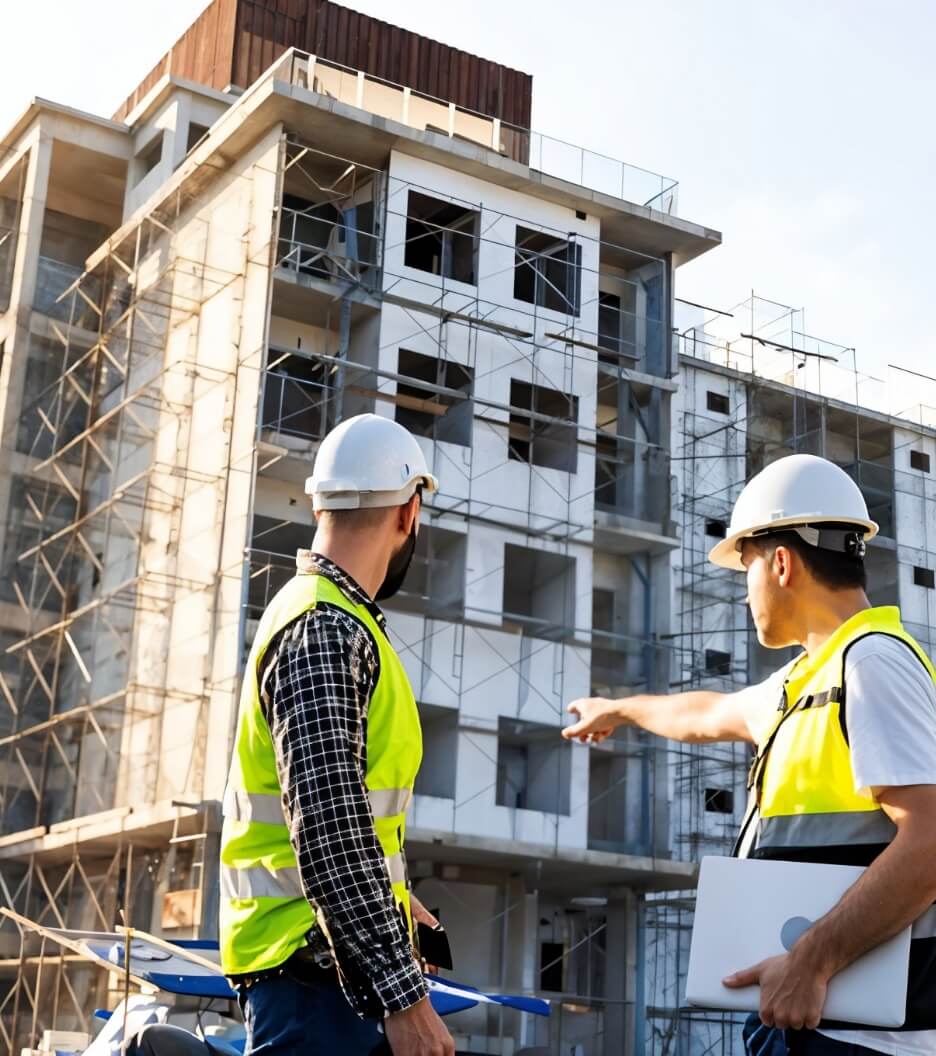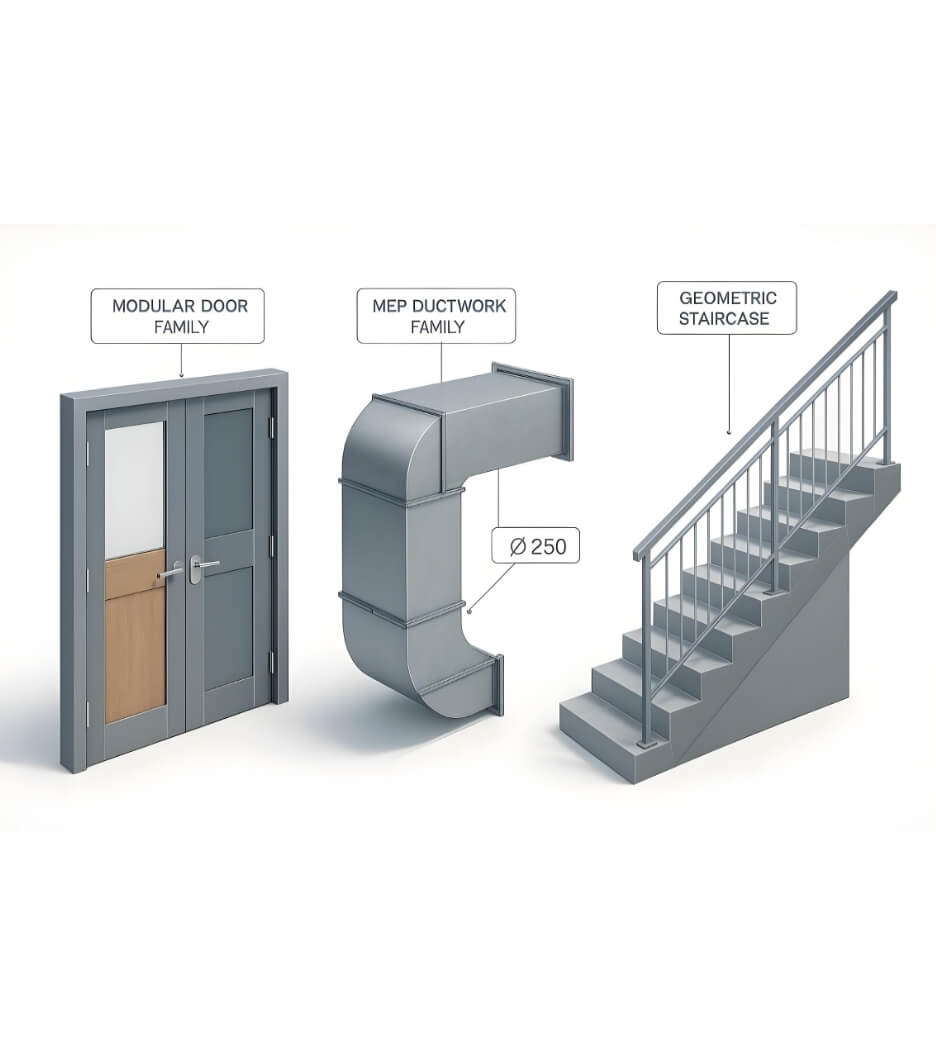 Moin Khan
Moin Khan
4 Key Reasons to Adopt Scan to BIM Services
 Moin Khan
Moin Khan
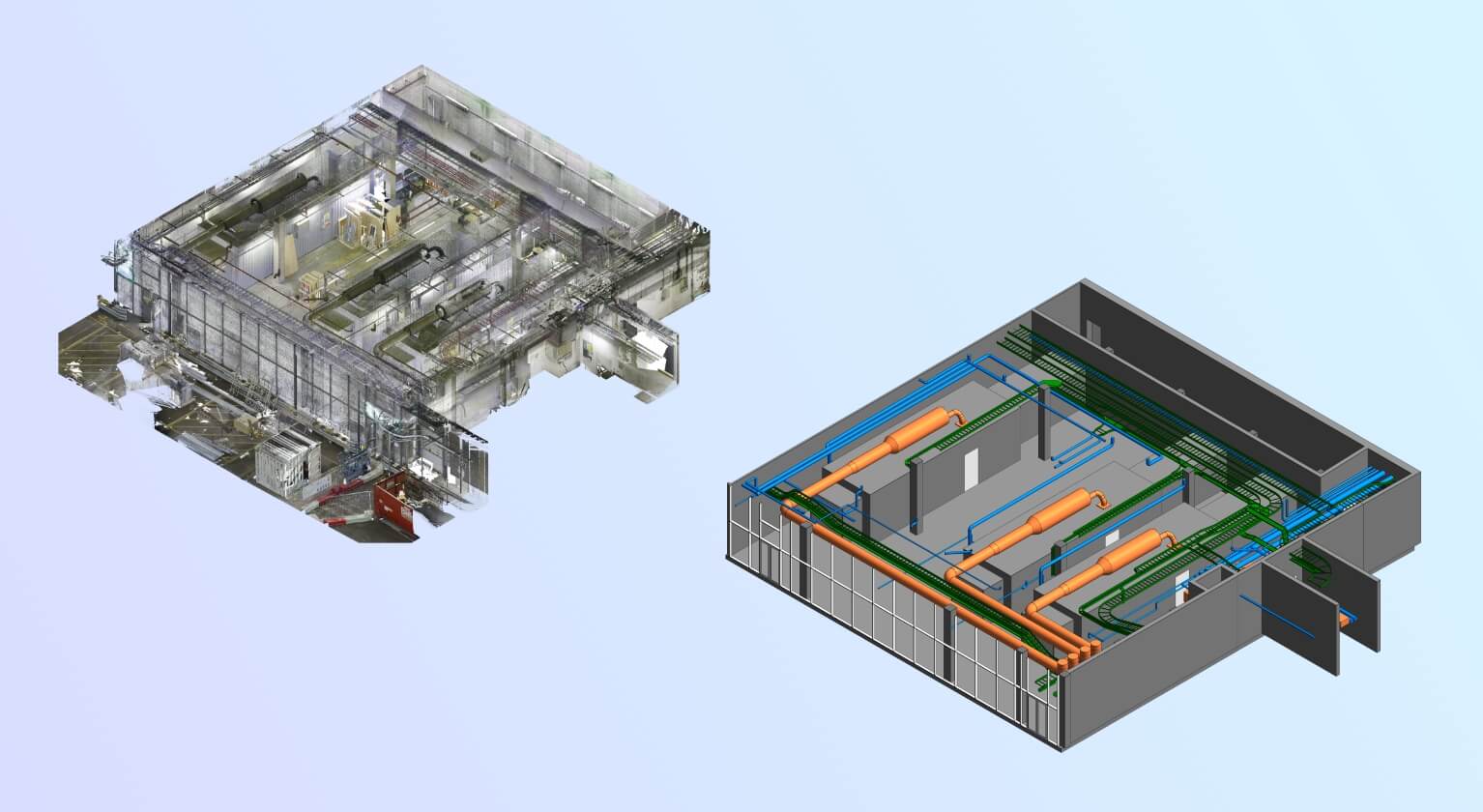
Send Us Your Requirement
They say the “Future is BIM shaped”! Wouldn’t you wish to be a part of a bright future? If so, implement BIM into all of your building projects.
Building Information Modeling revolutionized the AEC industry years ago, and with that, many tools and technologies have become part of the AEC industry to ease the complex construction process. As BIM services have become an integral part, the AEC industry constantly seeks for novel ways to increase efficiency in the construction process. With various technologies introduced in the market, Scan to BIM Services are one the techniques that are widely adopted in the AEC industry. Implementing efficient construction practices not only eases out the process but also provides high-accuracy outcomes. Laser scan to BIM is one of the technologies that is becoming increasingly popular in the AEC industry, primarily used for renovations, refurbishments, and restoration projects. With building information modeling becoming popular, Scan to BIM services have made it easier for architects & engineers to renovate the existing facility.
Point Cloud to Revit has many advantages if done with accuracy. This technology streamlines the design and construction process. However, Scan to BIM services requires a high level of expertise, desired skill set, and expertise in the field to accurately deliver the project. Moreover, getting an in-house team of experts can be costly. The most suitable and reliable resort is to outsource the scan to BIM from a top outsourcing service provider who can exceed your expectations and deliver the project within the timeline. UniquesCADD offers the most accurate and reliable solutions for laser scan to BIM by a team of experts with the latest use of software.
Top Notch Scan to BIM services by Professionals
Get a Quote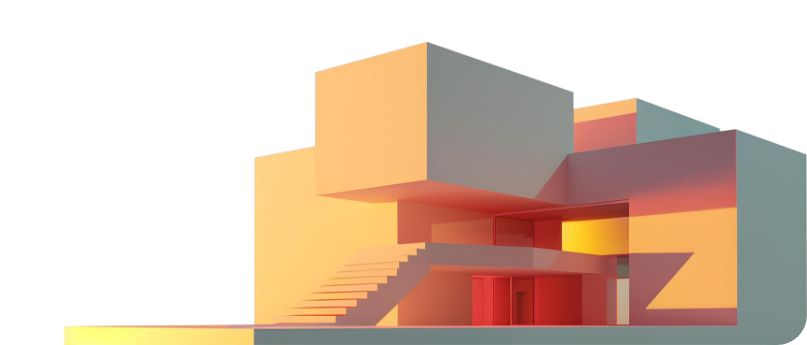
How does the Scan to BIM process work?
Scan-to-BIM is the digital capture of an entire area or site through laser scan. The collected data is then used to create, build, and maintain a BIM model. Scan to BIM Services has revolutionized the AEC sector, particularly when remodeling older structures or renovating any facility. A single BIM model can store a site’s biological and functional data in a single database.
BIM services allow for the smooth transfer and synchronization of information across teams and project stages, easing coordination and communication between architects, engineers, and collaborators. The created digital model of a site is used to identify potential problems and risks and help maintain the integrity of the physical structure. Moreover, this advanced technology provides virtual reality and gives users 360° views of the environment, which can give them a better understanding of their work environment or any changes being made. Architectural professionals can also easily understand their surroundings within these virtual scanned data.
There are considerable benefits of employing point cloud to BIM technology, but it is about more than just saving time and resources while creating a structure. A 3D BIM model is a detailed three-dimensional depiction of a system that can be utilized for any purpose. As a matter of fact, BIM services are an excellent tool for optimizing construction projects while also boosting user experience with virtual walkthroughs and visualization tools. At the same time, scan to BIM services enables an interactive engagement with the existing facility. To restore or to renovate an old building is quite a challenging task. Laser scan to 3D model allows designers to redevelop the facility and enhance the comprehensive view of the facility. Not only this, but this booming technology offers various benefits.
Let’s deeply understand the benefits catered by point cloud to BIM.
Point Cloud to BIM services Perks
Point Cloud to BIM services Perks
Power Performance
Accuracy
Adaptability
Value for money
Power Performance
Integrating 3D scanning into the BIM process decreases the risk of construction interruptions while also speeding up the design process. Instead of depending on manual measurements or data from another team, designers and other key players can directly collaborate, communicate, and have access to crucial information. Scan to BIM services improves the decision-making process, enhances accuracy, minimizes the scope of human errors, and eliminates the rework.
Accuracy
The desire for quality assurance and dependability is fueling innovation in the AEC industry, as evidenced by laser scan to 3D model and virtual design and construction (VDC). When 3D laser scanners are utilized instead of traditional measurement methods, the accuracy of the resultant BIM model is significantly increased, dramatically improving VDC. With scan-to-BIM, the BIM model produced from the scan data leads to better decision-making.
Adaptability
BIM services facilitate the sharing of a 3D database among appropriate engineering and maintenance teams during all stages of development, maintenance, and system integration in commercial buildings, plants, and production plants. The fields into which teams can enter critical data are modeled elements in the 3D Revit model. Because of its collaborative character, BIM is appropriate for many applications, including facility management and maintenance. Laser scanning may generate an as-built 3D Revit model geometry of building elements, allowing your team to view the broad picture and plan for current and future demands.
Value for money
Using the Scan to BIM services procedure has less chances to incur excessive mix-ups or unanticipated costs. Scan to BIM is an ideal alternative for post-construction work because it saves money, time, and effort. Point cloud to Revit in real-time generates accurate and reliable project outcomes and improves scalability, lowering project delivery time.
Another great alternative is to hire a BIM professional team. Outsourcing BIM modeling services provides a higher return on investment. It enables you to use BIM services just when necessary. Lowering operational costs can assist in saving money on space, interiors, and equipment.
Final Words
In the modern architecture world, Scan to BIM has capabilities that can save time and resources in the design and construction phases, including easing out the complex process. Time saved can then be reallocated to other business areas, such as marketing efforts. Construction professionals can also communicate and coordinate onsite activities in construction projects between the design and procurement team, contractors, consultants, and suppliers. With the laser scan to 3D model, you can gather all necessary data simultaneously without spending time or budgeting for field trips. Furthermore, with the use of the latest technology if and when required. The result is a more accurate and controlled process that doesn’t waste any time or resources. Scan to BIM can resolve these problems and make it much easier for building teams to store and share information accurately.
